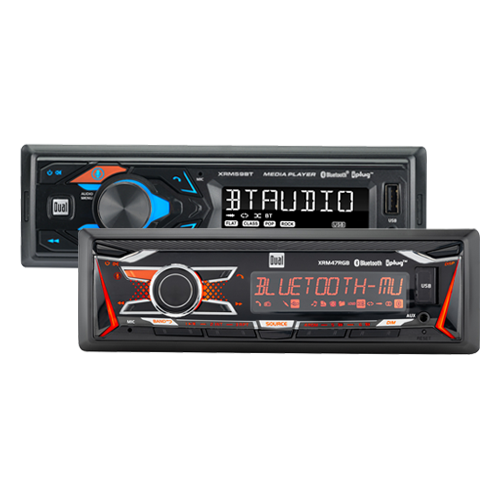Car
Audio System Upgrades on a Budget

Tired of your car’s factory audio system? Do you long for crisp highs, deep lows, and a fuller sound experience during your daily commute or road trips? Upgrading your car audio system doesn’t have to break the bank. With some savvy shopping and a bit of DIY spirit, you can transform your vehicle’s audio setup into a concert on wheels without emptying your wallet. Let’s explore some budget-friendly ways to improve your audio system and enhance your driving experience.
Affordable Audio System Upgrades
1. Speaker Replacement:
One of the most noticeable upgrades you can make to your car audio system is replacing the factory speakers with higher-quality aftermarket ones. Look for budget-friendly options from reputable brands known for their sound quality. Upgrading your speakers can significantly improve clarity and fidelity without costing a fortune.
2. Amplifier Addition:
If your car’s audio system lacks power and depth, consider adding an amplifier. Amplifiers can boost the signal from your head unit to your speakers, providing cleaner sound at higher volumes. Opt for a compact, budget-friendly amplifier that matches the power requirements of your speakers.
3. Subwoofer Installation:
To add depth and punch to your audio, consider installing a subwoofer. While some high-end subwoofers can be pricey, there are plenty of budget-friendly options available. A properly installed subwoofer can greatly enhance the low-end frequencies, providing a richer and more immersive listening experience.
DIY Audio System Upgrades
1. Sound Deadening:
Reduce road noise and improve audio quality by installing sound deadening material in your car’s doors, floor, and trunk. DIY sound deadening kits are cost-effective and relatively easy to install, helping to create a quieter and more acoustically friendly environment for your audio system.
2. Head Unit Replacement:
Upgrade your car’s head unit with a new receiver featuring advanced audio processing capabilities, Bluetooth connectivity, support for high-resolution audio formats, and Apple CarPlay or Android Auto. Many aftermarket head units – such as dash mount touchscreens – are designed for easy installation, making them perfect for a DIY upgrade project.
3. Tuning and Equalization:
Take advantage of your car’s built-in audio settings or invest in a standalone equalizer to fine-tune the sound to your preferences. Adjusting the balance, fade, and equalization settings can make a significant difference in the overall audio quality, allowing you to tailor the sound to your liking without spending a dime.
Budget-Friendly Audio System Enhancements
1. Online Deals and Discounts:
Keep an eye out for online deals, discounts, and clearance sales on car audio equipment, especially around holidays. Many retailers offer special promotions and bundle deals, allowing you to score high-quality audio components at a fraction of the retail price. Consider signing up for your favorite brand’s email newsletters to make sure you stay in the know!
2. Do-It-Yourself Installations:
Save money on installation costs by tackling the installation yourself. With a bit of research and patience, many car audio upgrades can be completed at home with basic tools and equipment. There are plenty of online tutorials and forums where you can find step-by-step guides and advice from fellow car audio enthusiasts.
Transforming your car audio system doesn’t have to be an expensive endeavor. By exploring budget-friendly car audio upgrades and DIY installation options, you can achieve significant improvements in sound quality and overall listening experience without breaking the bank. Whether you’re replacing speakers, adding an amplifier, or fine-tuning the audio settings, there are plenty of cost-effective ways to enhance your car’s audio system and enjoy your favorite music on the go.















Home
What to Look for in Home Speakers: A Guide for Better Sound
Car
The Impact of Speaker Size on Sound Quality in Car Audio Systems
Home
TV Sound Bar Maintenance: Tips for Longevity
Car
5 Signs It’s Time to Upgrade Your Car Stereo System